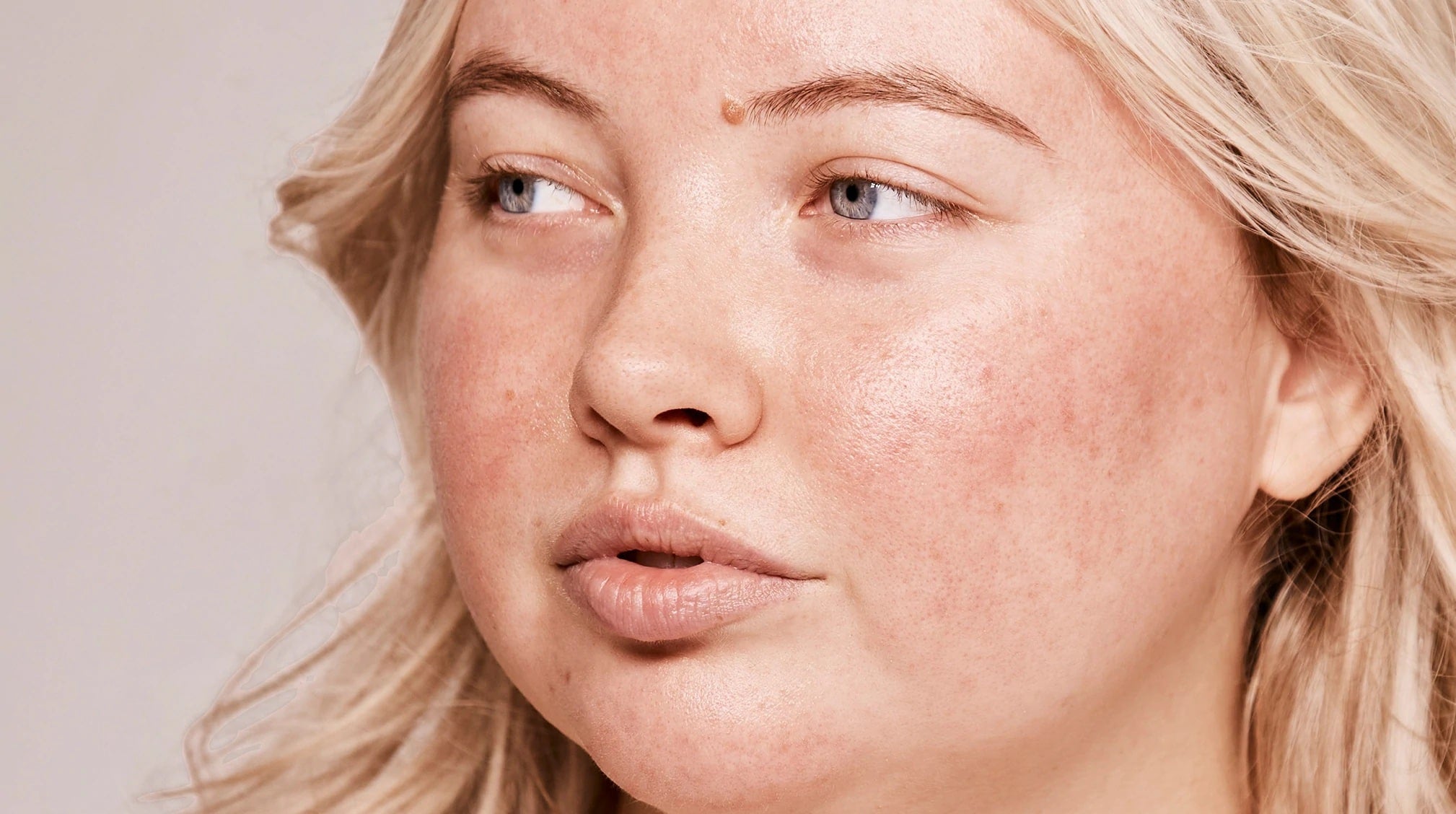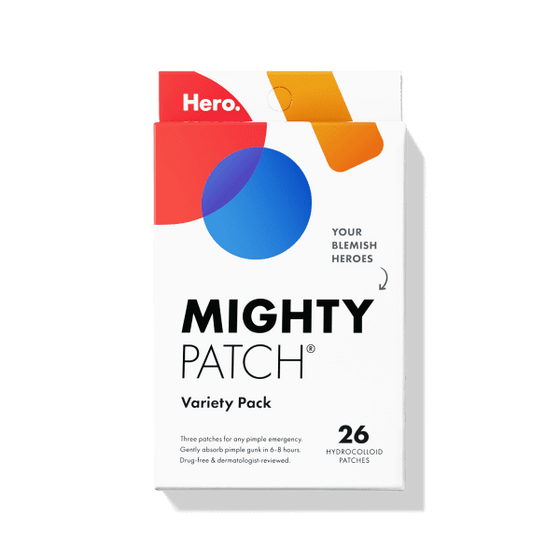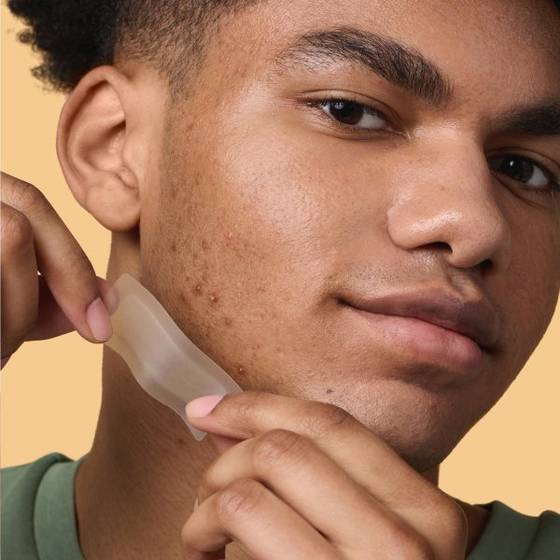
If you’ve ever googled skin redness or spent hours scrolling through Reddit threads about how to reduce skin redness, then you know there are a myriad of possible causes and treatments. One such possibility is rosacea, but with so many other potential reasons for redness or a rash, it’s key to nail down the actual cause before attempting to treat it. So, how do you know if the redness on your face is actually rosacea and not something else? We consulted three dermatologists to get the answer.
“Rosacea is an inflammatory skin condition, which tends to affect the central face,” says Dr. Anna Chacon, board-certified dermatologist and writer at MyPsoriasisTeam. “It typically presents as redness and occasionally has other symptoms, such as bumps and swelling.” This is where identification can get tricky — the early signs of rosacea can mimic other skin conditions, such as acne or product-related skin irritation. However, when one or more of the following signs are present, there’s a good chance the redness may be caused by rosacea.
1. The skin redness on your face keeps coming back.
In general, acne- or irritation-related redness will eventually fade for good. That’s typically not the case with rosacea. “Persistent facial redness is the most common individual sign of rosacea,” says Dr. Rina Allawh, a board-certified dermatologist in the Philadelphia suburbs. “This may resemble a blush or sunburn that just doesn’t go away. Many people with rosacea also experience frequent flushing, which is redness that comes and goes, and this may actually be one of the first signs of rosacea.”
2. It feels hot.
People with rosacea often experience warmth, itching or a burning sensation around the area where the skin is flushed. But the heat doesn’t always stop there. “Some patients may experience a burning sensation in their eyes,” says Allawh. “The eyes may be irritated and appear watery or even bloodshot. If you experience any of these symptoms, it is important to contact your dermatologist and/or ophthalmologist.”
3. There are bumps that look a bit like pimples.
Luckily, there’s a pretty easy way to tell if your inflammation or breakout is acne or acne rosacea: the presence of blackheads or whiteheads (visible pus). If your redness is accompanied by bumps under the skin that aren’t blackheads or whiteheads, it could be acne rosacea. Treatment for acne rosacea is different from typical acne care, so it’s best to consult your dermatologist.
RELATED READ: This or That? The Acne vs. Rosacea Version

Rosacea treatments and care
If any of these symptoms sound familiar and you suspect you may have rosacea, we recommend visiting a dermatologist or your physician, who will be able to make an official diagnosis based on your history, a physical exam and response to treatments.
“Rosacea treatment depends on severity,” says Dr. Maryann Mikhail, a Florida-based, board-certified dermatologist. “Avoiding environmental triggers can reduce redness. This means things like sun exposure, coffee, tea, caffeine, hot beverages and spicy food. Stick to gentle skin care with a mild cleanser and a fragrance-free moisturizer and sunscreen.” Your doctor may also prescribe a topical cream or oral antibiotic if preventative measures are not doing the trick.

How to reduce skin redness
To help mask redness on an everyday basis, Allawh often recommends that her patients try green-tinted skincare and cosmetic formulas. “A sheer, green-tinted primer is a good choice for a make-up base and it may help visually correct the redness and even out skin tone. She adds that “mineral sunscreen is often a good choice for those with rosacea, as it typically doesn't contain irritating ingredients that can be seen in some of the chemical sunscreens.”
Rescue Balm +Red Correct blurs redness with a color-correcting green tint that changes from green to beige like magic as you blend (while also soothing dry, sensitive skin). In fact, InStyle writer Tamim Alnuweiri explained how it helped with her rosacea-related redness in “A $12 Product Color Corrected My Rosacea-Riddled, Hormonal Skin.” And Superlight Sunscreen is a 100% mineral formula with a sheer green tint to instantly balance signs of redness. Plus, both anti-redness products are fragrance-free and made without any skin-irritating silicones, PEGs, mineral oil or parabens — clean, conscious and safe for all skin types.












.png?v=1663017252122)


